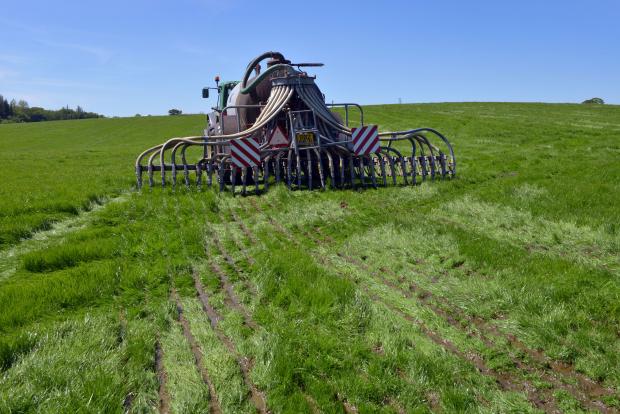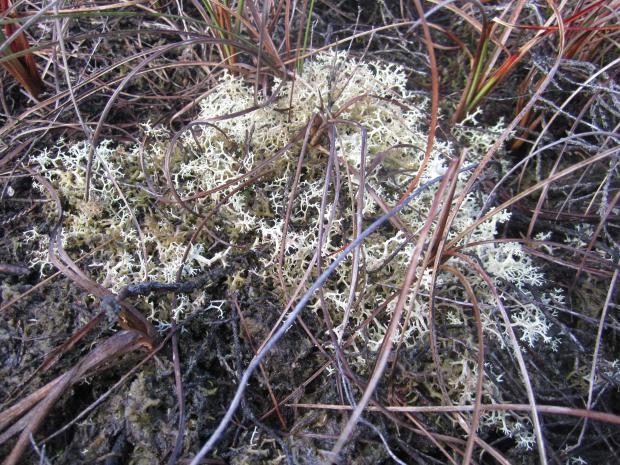96% of man-made ammonia (NH3) in Northern Ireland comes from agricultural sources. NH3 emissions have wide-ranging environmental effects.
These include:
- Damaging sensitive habitats and contributing to biodiversity loss by direct exposure to NH3 and through deposition of nitrogen from ammonia in the air to sensitive vegetation
- Harming human health by forming fine ammonium particles
- Influencing climate change by interacting with the carbon and nitrogen cycles
Ammonia (NH3) is an important air pollutant that is emitted from natural and man-made sources. In Northern Ireland (and elsewhere), most of the ammonia in the air is released by agricultural practices, in particular from the management of animal manures and application of nitrogen-containing mineral fertilisers.

Ammonia is a gas that contains nitrogen. The adverse effect of ammonia on sensitive habitats is through direct exposure of vegetation to the gas and also when it is deposited on land and water. In many semi-natural and natural habitats, nitrogen is scarce and local species of plants, such as mosses, liverworts, lichens and fungi are very sensitive to added nitrogen. The presence of additional nitrogen from airborne ammonia has a direct toxic effect on these nitrogen-sensitive plants leading to increased vulnerability to drought, frost damage and pests. In addition, excess nitrogen in these environments encourages the growth of nitrogen-loving species such as grasses and nettles, which are fast growing and which out compete sensitive, slow-growing species such as lichens and mosses. (Read Plantlife report; Read Royal Society Report)
In air pollution studies, thresholds called critical levels of atmospheric NH3 concentrations and critical loads of nutrient nitrogen input to soil and water are used to assess the risk of change to an ecosystem resulting from the adverse effects of ammonia and other nitrogen-containing gases and particles.
Critical Levels are defined as "concentrations of pollutants in the atmosphere above which direct adverse effects on receptors, such as human beings, plants, ecosystems or materials, may occur according to present knowledge"
Critical Loads are defined as "a quantitative estimate of exposure to one or more pollutants below which significant harmful effects on specified sensitive elements of the environment do not occur according to present knowledge"

In Northern Ireland there are over 400 priority habitats. These designated sites provide statutory protection for the best examples of Northern Ireland’s plants, animals and insects. Protecting these habitats and the biodiversity that they support is in itself essential for human existence and a reduction in biodiversity threatens the resilience of future generations. Biodiversity provides us with ecosystem services such as fresh water, pollination, soil fertility, flood prevention and carbon capture and climate change mitigation. In addition, local biodiversity and our natural landscapes are an integral part of our culture and identity and attract tourism to Northern Ireland.
Critical loads of nitrogen are estimated to be exceeded in 98% of Northern Ireland’s priority habitats (Read Trends Report 2019), which include 394 Areas of Special Scientific Interest (ASSIs) and 58 Special Areas of Conservation (SACs) across Northern Ireland. The adverse effects of ammonia on vegetation in these habitats can result in the loss of biodiversity. There is a duty to protect designated sites under the EU Habitats Directive which was established to ensure the survival of Europe’s most endangered and vulnerable species. There is also national legislation providing protection for ASSIs. Agricultural ammonia is responsible for a large proportion of the nitrogen deposited on priority sites in NI, with the vast majority of Northern Ireland’s ammonia emissions coming from housed livestock and the storage and land spreading of livestock manures.
